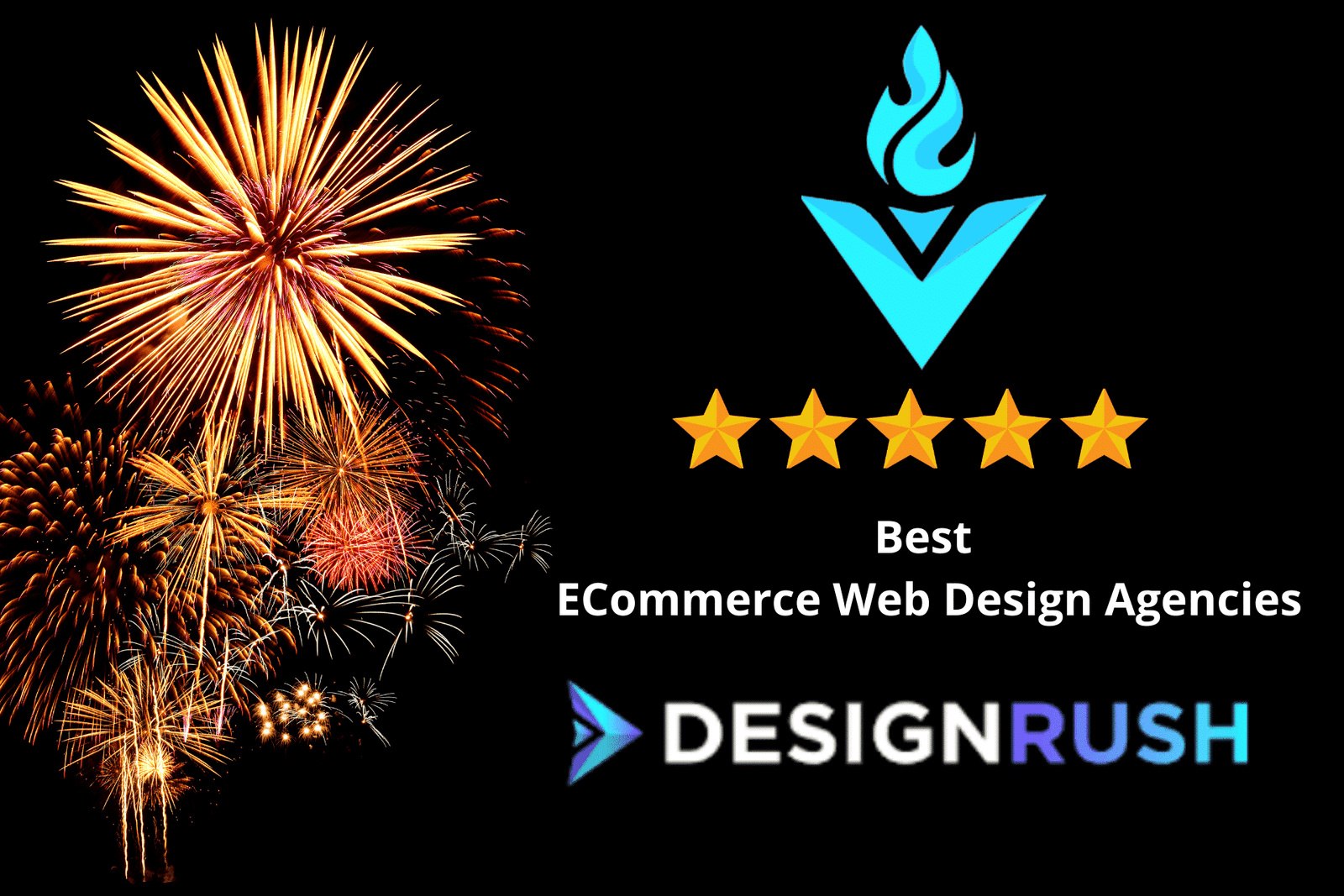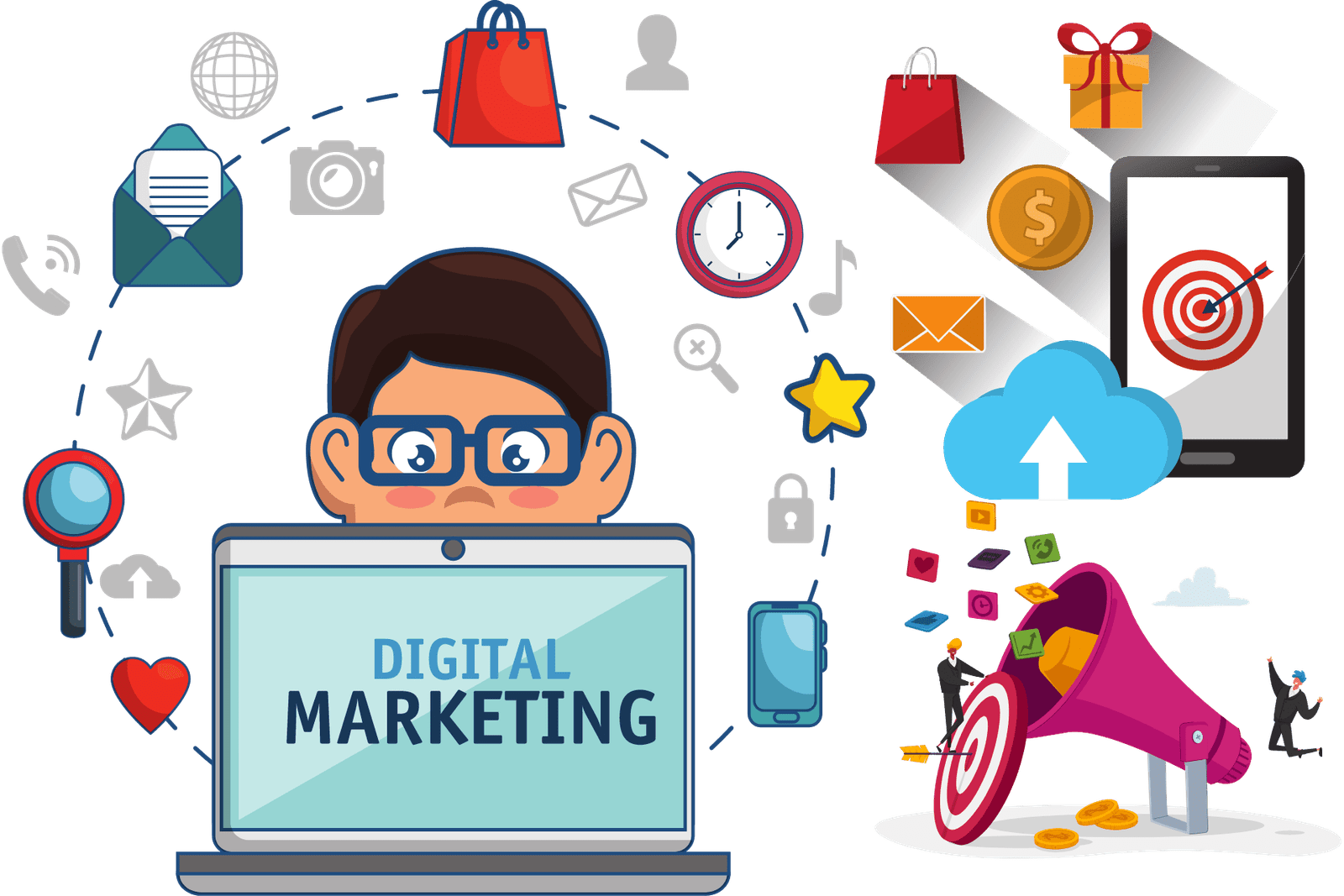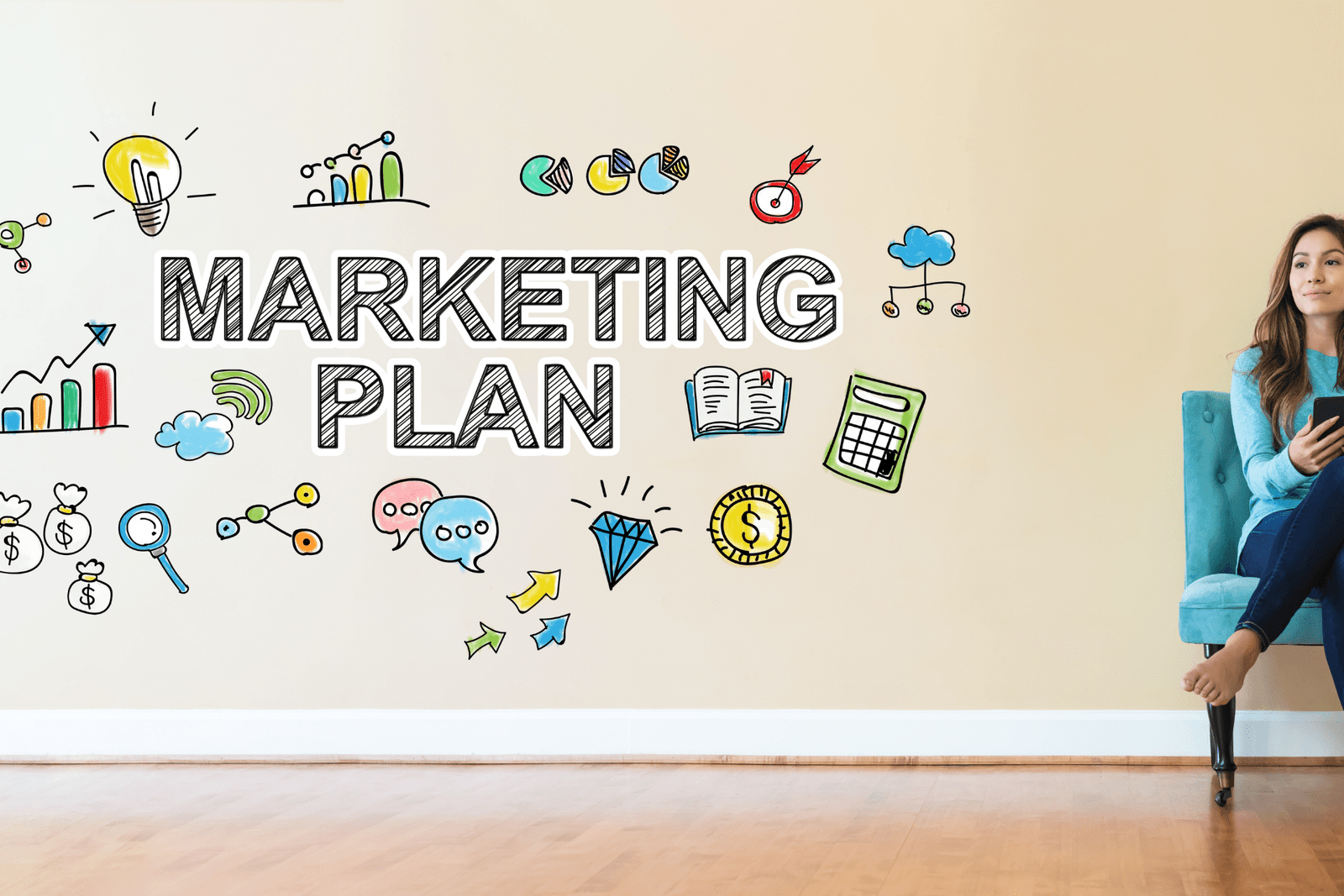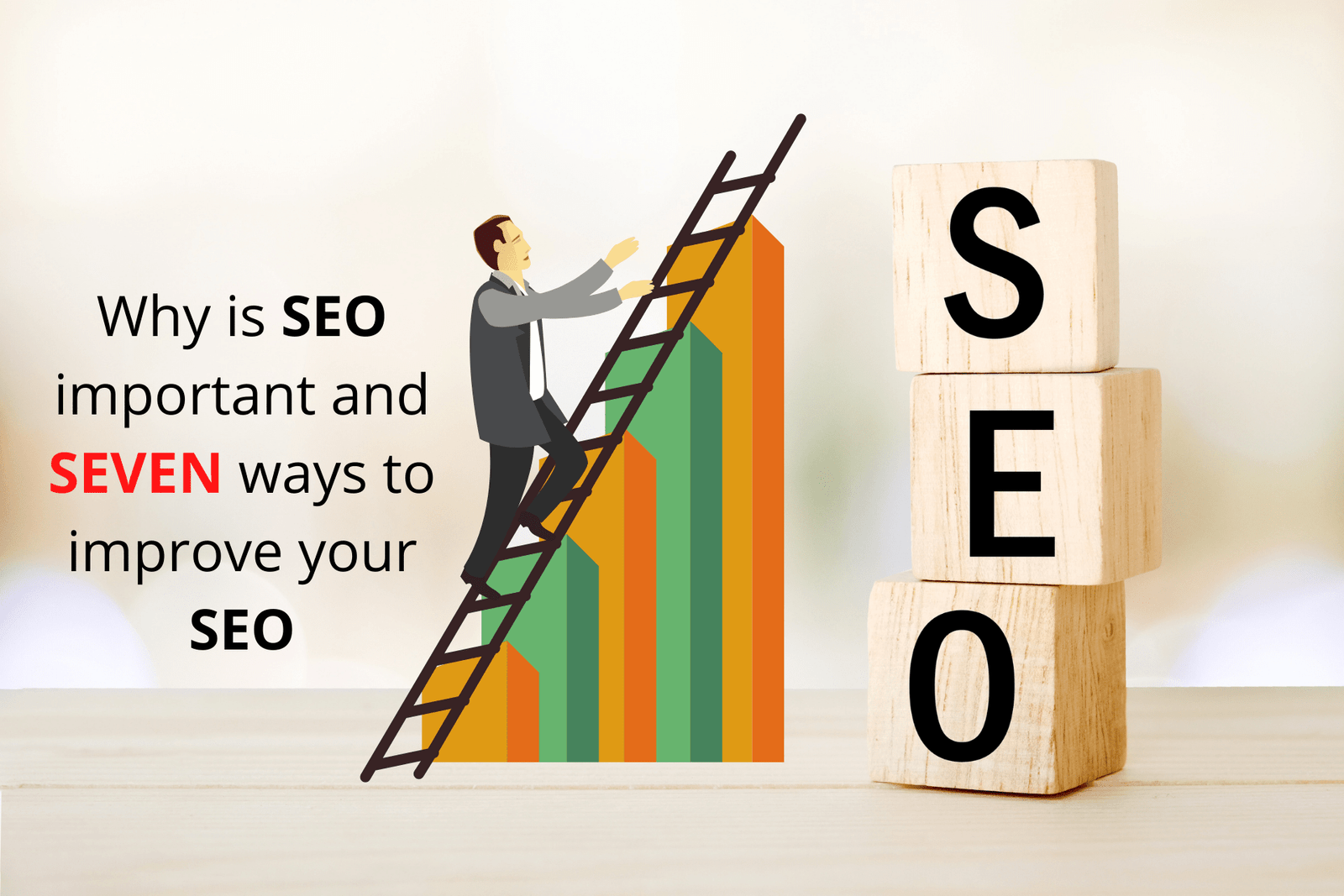Inbound Marketing is not difficult – The 3 Main Steps

Inbound Marketing is not difficult. In fact, it’s downright simple – if you know the 3 steps to take and conquer your fear of Inbound Marketing. In this blog post, we will talk about how to overcome that fear by taking these three easy-to-follow steps!
Inbound Marketing is a long-term marketing strategy adopted by many successful businesses. In this blog post, we’re going to break down what Inbound Marketing is and why it’s so powerful for your business!
When most people think of Inbound Marketing, they usually say things like “it sounds complicated” or “I don’t have the time.” But that couldn’t be further from the truth – In fact, Inbound Marketing is simple when you take these three easy-to-follow steps:

Your customers are everywhere. You just need to find them through inbound channels and start engaging with them on social media platforms such as Facebook or Twitter. This will give you a chance to show off who your brand really is and build relationships with these ideal customers. Add value to your ideal customers. This should be in the form of tips, tricks, and information that will help them. In return, they’ll start to trust you more.
Painting your Ideal Customer Profile consists of three parts:
Understand and analyze their demographic information. Demographic information includes age, gender, income level, interests, and lifestyle. To target your ideal customer the most efficiently possible you need to know who they are.
Understand their pain points. For them to trust you as a brand, you must understand what pains them on a personal level. Learn about their triggers. What causes this person dissatisfaction? Is there anything specific that might make them happy? Knowing these factors can help with marketing strategies and provide incentives towards getting new customers (particularly those in social media).
Look at how your customers behave online by monitoring Facebook groups. Tweet chats geared toward different demographics such as moms from St Paul Minnesota if your products or services cater to moms in particular and you are a local business operating from St. Paul Minnesota.
The Type of Content they’re Likely to Consume and Share. Analyze to find out what media channels your ideal customers are most active on. To identify these profiles, you need a customer segmentation model that can tell you where your customers are with your products or services. This will allow you to create targeted marketing campaigns for each group of people.
As an example, let’s say our ideal customer is 40 years old and has children who go to school; this person might be interested in educational family activities that we offer at Adventure World Theme Park! The more specific information we have about our audience, the easier it becomes for us as marketers. When done effectively, Inbound Marketing allows businesses to generate leads and sales without having to pay for expensive traditional advertising. In a world where customer experiences are everything, this is a game-changer!
The Inbound Marketing Success Formula:
- Get clear about your target audience and their pain points.
- Create content that resonates with them on the channels they use most often.
- Optimize your website so it’s easy for visitors to learn more or take action.
So what does Inbound Marketing look like in real life?
Let’s say you run an office cleaning company – one of the best ways for you to engage in Inbound Marketing would be through blogging. Say we’re writing about topics relating specifically to those who clean offices, have allergies, or suffer from asthma; we could share articles detailing how our service handles these areas. In this way, we’re building trust with our target audience, as well as capturing their contact information for use in more direct marketing campaigns.
Step Two: Start Developing Content

The best part about Inbound Marketing is the content! You need great material for your blog posts or social media updates to be successful with Inbound Marketing. This means taking time every week to write informative blogs on topics relevant to your target audience. You can also take pictures of products/services when possible (without being pushy).
Once you start publishing quality content regularly, your audience will start getting benefitted. Your blogs will help them run their businesses better. And this in turn will give you multiple chances each month at making conversions happen because your target audience would have already warmed up to you. They will start seeing you as an authority in the industry.
Content these days can be in the form of blogs, videos, shorts, podcasts, webinars, etc. As part of your Inbound Marketing strategy, you need to ensure that you are leveraging all the different forms of content and the different channels you can use. Inbound Marketing is not difficult if done right.
And it’s not just about inbound traffic, but also conversions on your website. To get visitors from outside of your site or find yourself leads through blogs, videos, podcasts, etc., you need to go out there and let people know what you are doing with targeted ads (both online and offline). You’ll be surprised how a little bit of money spent on marketing will yield big results when combined with an in-depth Inbound Marketing strategy for attracting quality prospects who are ready to buy now!
If that doesn’t sound like something that gets you excited then we haven’t motivated enough yet ;). It all starts by understanding where your prospective customers are hanging out and what they are interested in. Inbound Marketing is not that complicated and it can make a HUGE difference to your business!
The advantage of Inbound Marketing is that you can attract prospective customers through content rather than traditional advertising methods like print ads, TV commercials, or billboards. To start with Inbound Marketing, you need to know where your target audience hangs out – on social media platforms such as Twitter or Facebook for example, and then create relevant posts catering towards them instead of throwing money at generic ads that blanket certain keywords without regard for context.
For our purposes here we’ll use Pinterest as an example: if you’re selling purses online but don’t have much success targeting keywords related specifically to handbags (e.x. leather handbags), then you can start by creating a board on Pinterest that features purses and similar items. After you’ve established yourself as an authority in your niche of handbags, people will be looking out for your opinions or advice – which means they’re more likely to click (and buy) when they see something posted from your account.
Step Three: Integrate Social Media into Your Strategy

Every company has different needs when it comes to social media, but here are a few things you should consider:
- What is your company’s mission and what values do you want to convey?
- Who will be managing your account(s) and how much time can they commit each day/week?
- In which channels would people most likely expect to see content from your accounts (i.e Facebook, Twitter, LinkedIn, Pinterest, Instagram)?
Each of the above questions will vary depending on your company and the industry you work in. To determine where it makes sense for you to spend time, sit down and answer the questions. Once you have answered the questions, you will see that you have laid down the overall roadmap of your Inbound Marketing strategy.
Additional Inbound Marketing Tips:

Optimize your website for better search engine visibility. Google is the most popular search engine and therefore it will be important to focus on optimizing your site for this platform in order to capture more traffic from people who are looking for information related to what you offer or sell, as well as potential new customers.
The same principles apply when marketing through social media channels – Facebook, Instagram, Twitter, LinkedIn, etc. In other words, keep your content relevant and up-to-date so that these platforms can serve their function of drawing attention to your company’s profile pages while also allowing you access to a whole host of additional features such as tagging friends/followers in posts, reblogging content that you feel will help your audience and provide value.
Live streaming events with a special guest or influencers in your industry is another way of Inbound Marketing where you are still reaching out to your target market and customers but through a different medium. In other words, it is not all about the post or tweet anymore; you want to keep them on their toes with new content that they are not used to seeing from your company.
So it is not just the freshness of the content that is important, but the way it is served also plays a role in the adoption of the content. These days we are more visual and Inbound Marketing experts have found that images are more easily engaged with. Images and videos will keep dominating the Inbound Marketing world because of this. Moreover, Inbound Marketing requires a multi-point strategy to be successful. This means that you need to keep generating content that consists of Blogs, videos, and podcasts among other formats to ensure that you maximize the touchpoints with your audience and keep generating content that’s visually appealing and intellectually captivating for your audience.
Inbound Marketing is likely to make up 75% of your company’s total content annually. So, if you are not doing Inbound Marketing now then start thinking about how to do it and what are the channels that you would want to start doing your Inbound Marketing. You need to get on the bandwagon before your competition vanishes into the horizon. Keep in mind that your competitors who are successful are possibly doing both Inbound Marketing as well as Outbound Marketing. In order to be successful, you need to do both inbound and outbound marketing so that your target audience is exposed to the information about your brand on a consistent basis.
If you’ve been struggling with inbound marketing, maybe it’s time to focus on the content. Or maybe rethink your ideal customer profile. In order for your audience to become engaged and entice them into buying or subscribing, you need to provide content that is valuable and interesting. When people are intrigued by a blog post they may click through from Google search results or social media posts which can lead to an increased conversion rate.
The best part about this strategy? You don’t have to allocate a huge amount of your budget on advertising because of all the traffic that your Inbound Marketing is likely to generate! It’s true, if done right inbound marketing doesn’t require any costly investments as paid ads do. The investment comes in the form of time that you invest in the development of the content.
We’d love to know more about your main inbound marketing challenge. Let us know in the comments below about your challenges and what you have done to overcome them.









